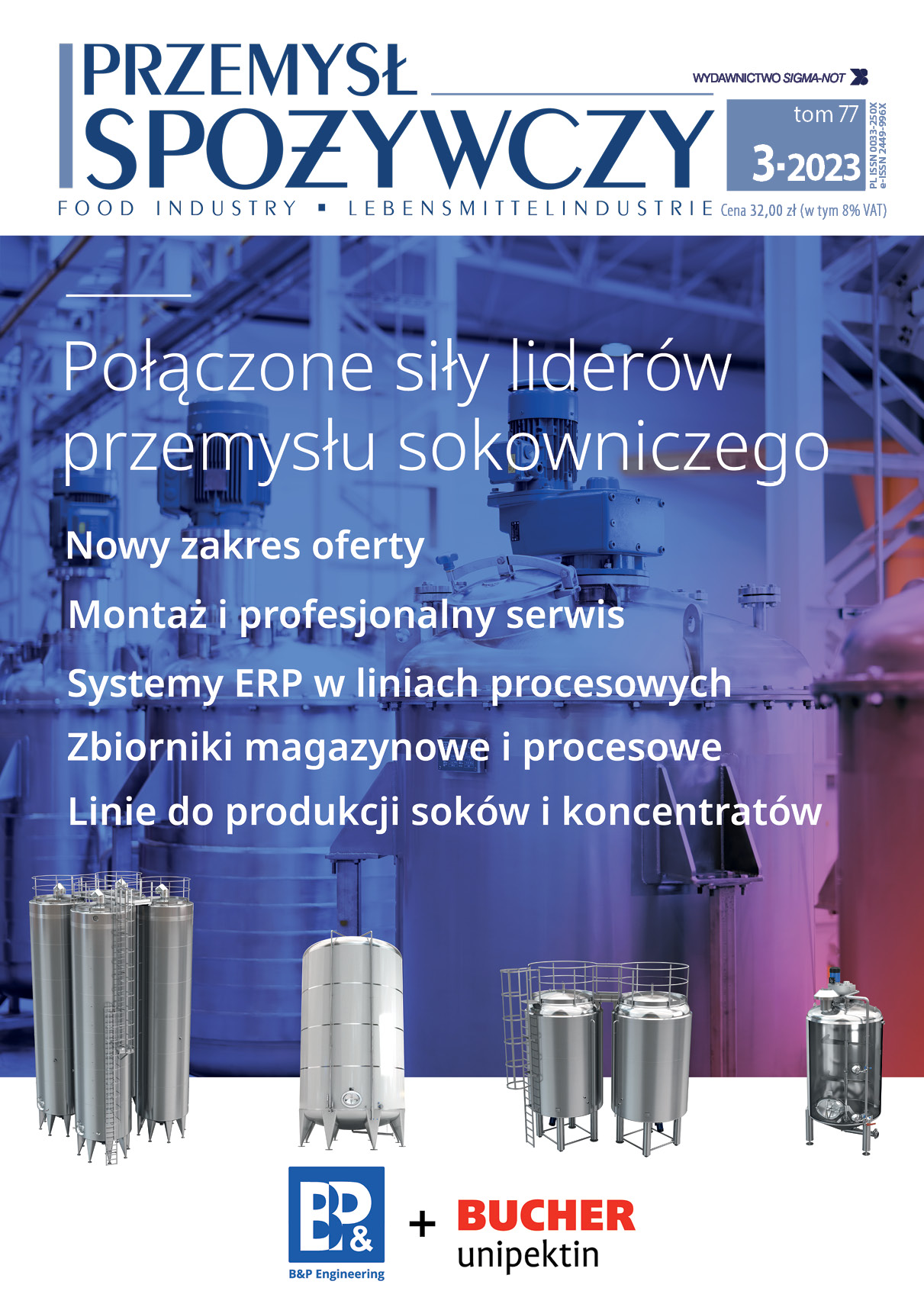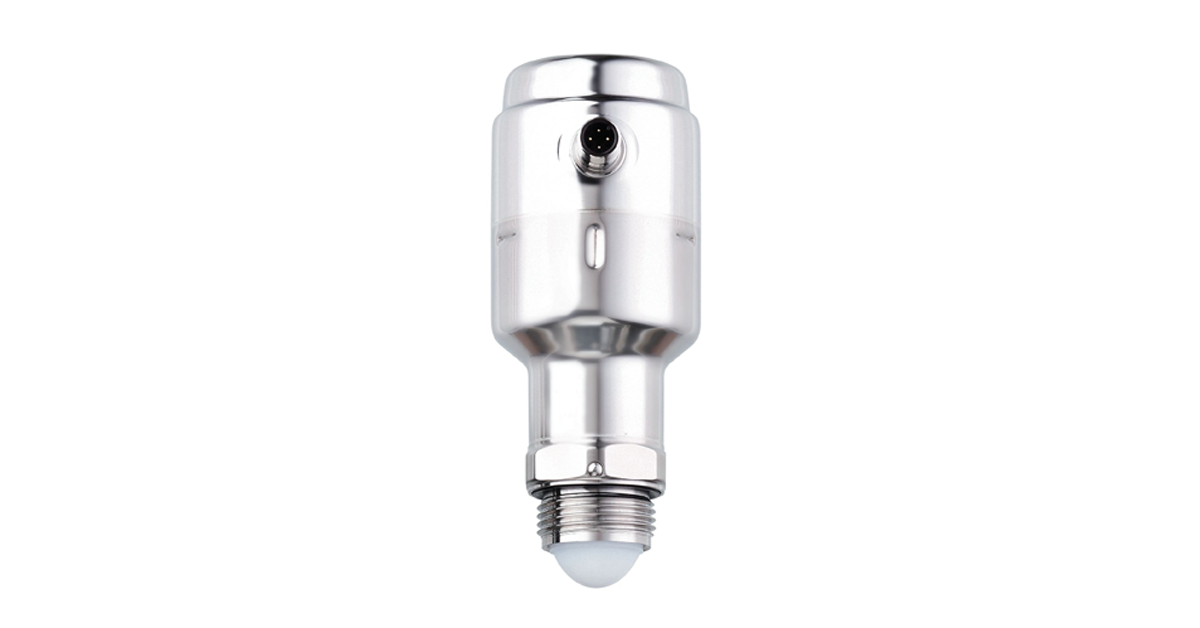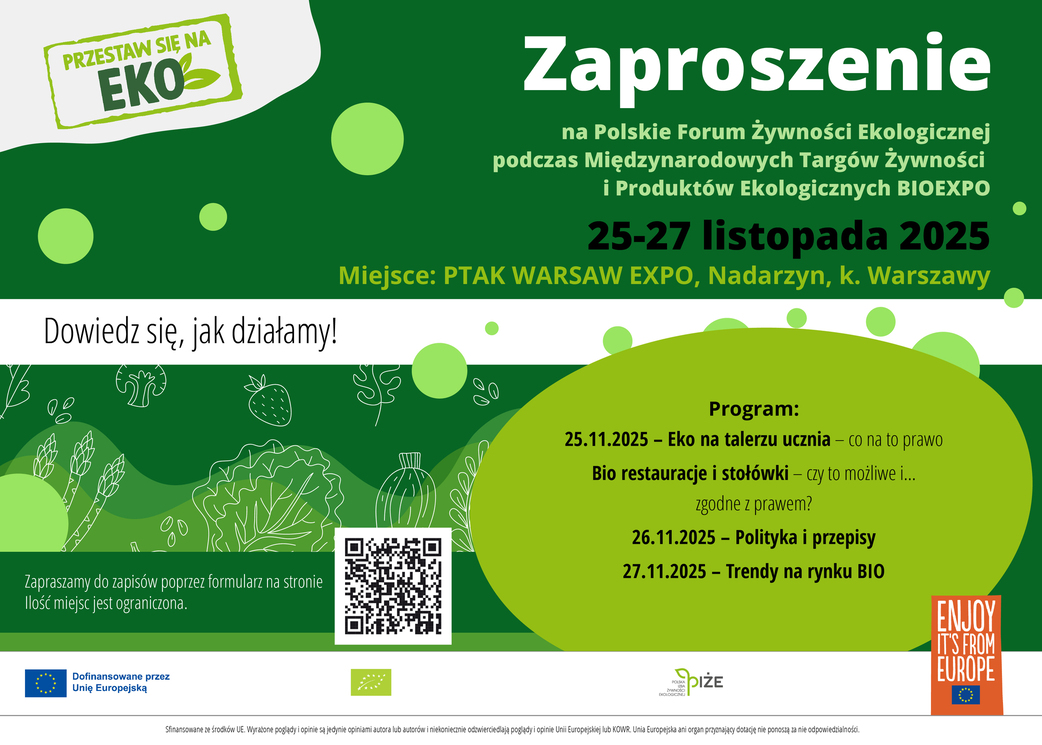ECONOMY
- Fish Processing Sector in Poland – the Entity Structure and Financial Standing (DOI10.15199/65.2023.3.1)
Krzysztof Hryszko 3
The fish and seafood processing branch is featured with a high degree of concentration. Despite relatively high number of enterprises (approx. 310-320), only a few companies account for roughly 75% of total sales of the branch. In addition the companies are largely financed by foreign capital. The economic and financial situation of the branch over the period of 2010-2021 was fairly stable, but showed large fluctuations reflecting the volatility of raw material prices on the world markets. In the discussed period, the growth rate of sales averaged 10,5%, which was considerably higher than in other branches of food industry where it amounted to 6,4%. At the same time, profitability ratios were quite low, but the branch continued to generate positive financial results. A rapid increase of production costs along with inflationary pressure that started at end of the 3rd quarter of 2021 are likely to cause a negative financial result in 2022, i.e. for the first time since Poland joined the EU.
KEY WORDS: fish processing, entity structure, economic situation, financial standing, ratio analysis
TECHNICS-TECHNOLOGY
- The Use and Comparison of Chemical and Histological Methods in The Evaluation of The Content of Meat and Bone Parts in Meat Products (DOI10.15199/65.2023.3.2)
Anna Szymańska, Joanna Bogucka 12
The article presents the results of the evaluation of the quality of meat products by chemical and histological methods. The content of meat and bone parts in the products was assessed and the results of both research methods were compared. The results of the chemical and histological assessment were found to be consistent, the chemical examination confirmed the histological picture. The research shows that the meat content of the products was not maintained at the declared level. No adulterations with raw materials of plant origin or other tissues of non-meat origin were identified in the histological image. The reasons for the reduced meat content can therefore be found by verifying the declared protein content or by analyzing the quality of the raw materials used in the production of the product or the technological process used. It follows that a product that does not meet the meat content declaration does not necessarily have to be adulterated. The analysis of products in terms of the content of bone parts indicates a suspicion of the use of MDM or confirms that it is MDM.
KEY WORDS: chemical analysis, histological examination, meat products
- Impact Of Preslaughter Handling and Stunning Methods on The Pork Quality (DOI10.15199/65.2023.3.3)
Hanna Jankowiak, Robert Palka 19
Meat is the part of the human diet that provides protein with high nutritional value, and pork is the most consumed meat in the world. Obtaining good quality carcass and meat from pigs is a guarantee of obtaining high-quality meat products. Slaughter is an important moment determining the changes in meat. The supply of slaughter animals involves the mixing of individuals, loading, transporting, unloading, herding, storage, stunning and bleeding. Therefore, the day of slaughter is the most stressful time in a pig’s life. That is why, animal welfare during the transport and slaughter of pigs is in the interest of consumers and producers. The key solution in this process is to bring the animals stress-free to the slaughter place and doing the stunning in right way. In indirect slaughter of pigs, two types of stunning are distinguished, i.e. electric and gas, which are used depending on the size of the slaughterhouses. The aim of the study was to analyze the impact of handling animals during slaughter on the pork quality, due to the use of the stunning method.
KEY WORDS: pigs, stress, stunning methods, slaughter, meat quality
FOOD-FEEDING
- Factors Shaping the Nutritional Value of Raw Ripening Meats Products (DOI10.15199/65.2023.3.4)
Ewelina Węsierska, Małgorzata Pasternak 23
Raw ripening meat products contains compounds that are important for human health. Such components are exogenous amino acids, essential fatty acids, some minerals and vitamins, which after absorption become components of tissues and body fluids. They act as buffers, control the oxidation of free radicals, promote the absorption of calcium and „non-heme” iron, regulate blood sugar levels, and exhibit antibacterial, antiviral, antifungal or anticancer properties.
Due to its chemical composition, raw ripening hams are seen as a natural source of iron, zinc, phosphorus, selenium, thiamin, riboflavin, niacin and vitamins B6 and B12.
KEY WORDS: raw ripened meat products, chemical composition, health-promoting factors
- Evaluation Of the Homogenized Sausages Composition Based on Producers’ Declaration (DOI10.15199/65.2023.3.5)
Tomasz Żmijewski, Monika Modzelewska-Kapituła 28
The aim of the study was to evaluate the quality of homogenized sausages based on the composition declared on the product label. Data covering 64 assortments of sausages was analysed. They were analysed in terms of raw materials used for production and nutritional value of the finished product. The research have shown that, according to producers’ declarations, 48.5% of the tested products contained more than 90% of meat, and 17.2% of the products contained more than 95% of meat. The meat most often used for the production of sausages were pork and chicken. According to producers’ declarations, in more than 80% of the tested products mechanically separated meat was not used, and over 17% of the products were free from additives included in the EU list of food additives. The majority of the tested products contained 12% to 14% of protein, 15-25% of fat and 2.0-2.5% of salt.
KEY WORDS: sausages, ingredients, chemical composition, quality
LOGISTIC-PACKAGING
- SARS-Cov-2 Virus Contamination of Food Packaging Surface and Usable Surfaces in Grocery Stores During the Fourth Wave of COVID-19 Infections (DOI10.15199/65.2023.3.6)
Mariusz Śliwiński, Ewa Juźwin, Aleksandra Grześkiewicz, Dominika Kasińska, Radosław Charkiewicz, Piotr Majewski, Magdalena Polak-Śliwińska 33
During the COVID-19 pandemic, many people are afraid of contracting the SARS-CoV-2 virus at retail outlets. The main routes of infection with the SARS-CoV-2 virus are droplets and aerosols excreted by infected people, which settling on the surfaces of objects, through contact with them can be a source of virus retransmission. The research carried out were aimed at assessing the presence of the SARS-CoV-2 virus on the surfaces of products and objects often touched by customers and staff in grocery stores. Research performed with the RT-LAMP technique and confirmed with the RT-PCR technique showed that the genetic material of the SARS-CoV-2 virus was present in swabs collected during the fourth wave of COVID-19 infections in Poland in grocery stores.
KEY WORDS: SARS-CoV-2, COVID-19, food packages, swabs from surfaces, RT-LAMP, RT-PCR




